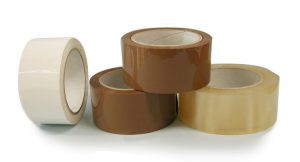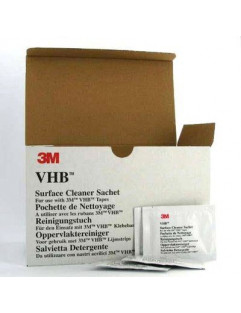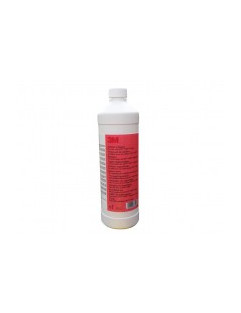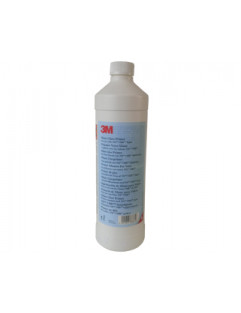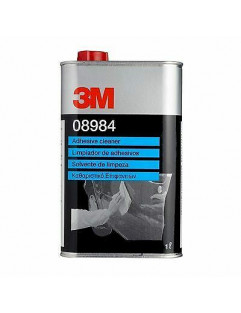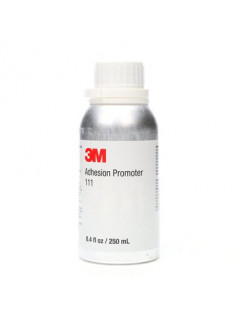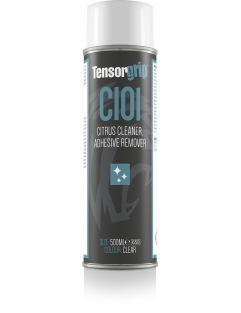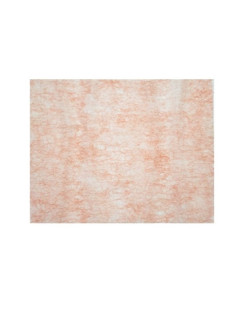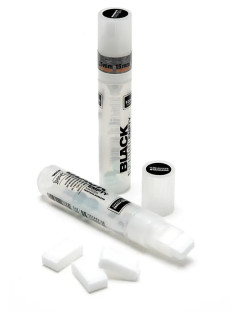Subcategories
-
- -10%
3M™ VHB™ Surface Cleaner, 100 wipes pack
€29.70 €33.00
-10%3M™ VHB™ Surface Cleaner, Transparent and odourless.
Evaporates quickly without leaving residue.
VHB™ surface cleaner - 100 wipes - isopropyl alcohol based cleaner.
-
- -19%
3M™ VHB™ Surface Cleaner, 1 l
€16.19 €19.99
-19%3M™ VHB™ Surface Cleaner, Transparent and odourless.
Evaporates quickly without leaving residue.
VHB™ surface cleaner - 1 l - isopropyl alcohol based cleaner.
-
- -25%
3M™ AP115 Silane Glass Treatment , Transparent 1 L
€35.94 €47.92
-25%3M™ AP115 Silane Glass Treatment is to apply as a primer to bond to glass, it combat moisture resistance on glass from adhesives.
Transparent, 1 l cartridge.
-
3M™ 08984 General Purpose Adhesive Cleaner 1 l can
€35.303M™ General Purpose Adhesive Cleaner specific for automotive, is made from various solvents and is designed to quickly get rid of adhesives, silicone polish, wax, tar and oil from a surface. 1 l can
Product available only on request. Delivery in 20 working days from order date.
-
- -15%
3M™ AP111 Adhesion Promoter 250 ml for use on many painted and bare metal substrates
€46.77 €55.02
-15%3M™ AP111 is a isopropyl alcohol based adhesion promoter, a one step solution for cleaning and bonding to surfaces that are almost clean and free of wax, grease, oil and loose particles.
Product immediately available. Sold in single 250 ml bottles.
-
Citrus Adhesive Cleaner Tensorgrip C101, 500 ml
€16.18TensorGrip® C101 Citrus Cleaner is a biodegradable, citrus solvent cleaner and adhesive remover. It can be used safely on most surfaces and substrates, including painted surfaces, glass, porcelain, and concrete, and is compatible with many plastics and vinyl.
-
Tensorgrip S500 Industrial Cleaning Wipe, 25 cm x 20 cm
€21.11Tensorgrip® S500 is the ultimate industrial wipe that will provide you with an optimal clean and leave your surfaces looking brand-new.
75 wipes 25 cm x 20 cm
-
tesa 50690 Promoter Pen
€12.00tesa® 50690 Promoter Pen primer dispenser for precise, clean and easy application of primer before using tesa® ACXplus products.
Compatible with tesa® 60150, 60152, 60153 adhesion promoters.

